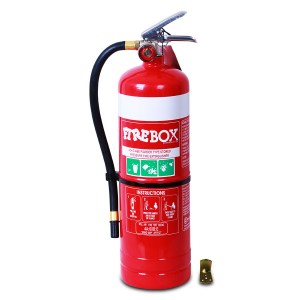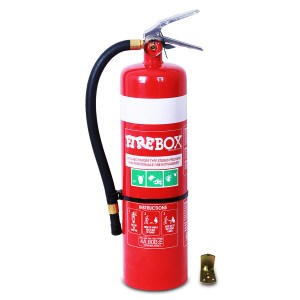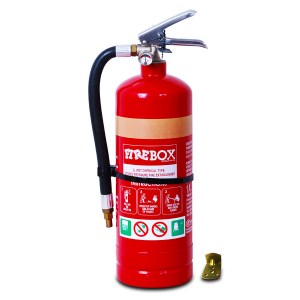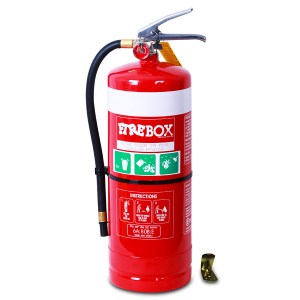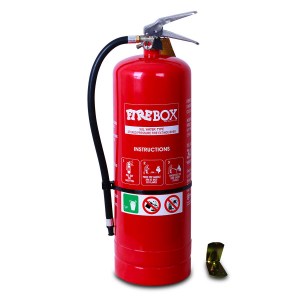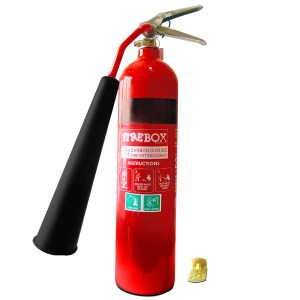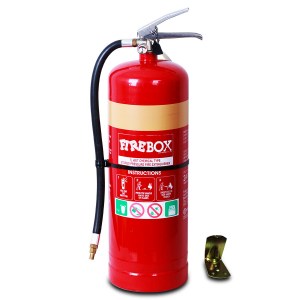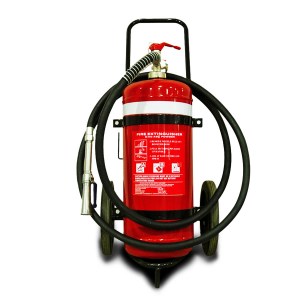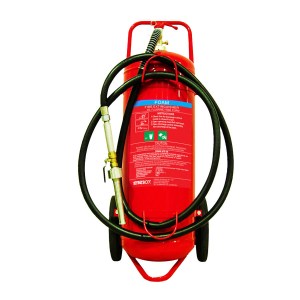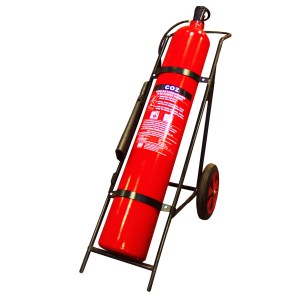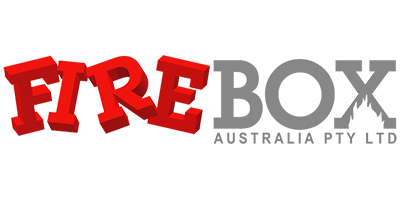Fire Extinguishers
Types Of Fire Extinguishers
Fire extinguishers are a required component of every building's safety equipment. You must be aware of how various types of products vary from one another in order to select the appropriate fire extinguisher for your requirements.
Dry chemical fire extinguishers are extensively used in both business and residential settings to extinguish Class A, Class B, and Class C fires. These fire extinguishers smother the flames and prevent oxygen from causing the fire to spread by using a dry chemical powder. The 4.5-kilogram extinguishers in particular are an excellent option for sizing industrial complexes, commercial structures, and outdoor spaces.
Dry chemical extinguishers do leave a small amount of residue, though, which can damage delicate items like electronics and be challenging to clean up. Hence, fires involving electrical equipment or volatile liquids should be controlled by CO2 fire extinguishers. They immediately put out the fire by taking away the heat and oxygen. Also, they don't leave any residue and don't harm the equipment. CO2 fire extinguishers are a smart choice for workplaces with electrical equipment because of their adaptability. However, because they can restrict airflow and induce asphyxia in small spaces, they must be used with caution and in well-ventilated places.
When selecting a fire extinguisher, consider the type of fire that is most likely to occur in your structure or location, as well as the possibility of material and equipment damage. A trained professional can help you figure out which type and size of fire extinguisher will work best for your needs.
At Extinguisher Sales Australia, you can buy a variety of CO2 and 4.5 kg dry chemical extinguishers, as well as other fire-fighting tools. We also install, maintain, and test fire safety equipment to make sure it works well.
Finally, it should be noted that both CO2 and 4.5 kg fire extinguishers are essential tools for putting out flames before they start. It would be easier for you to select the ideal extinguisher for your needs if you were aware of the distinctions between the two types. In the event of a fire, this will safeguard your structure, machinery, and occupants.
